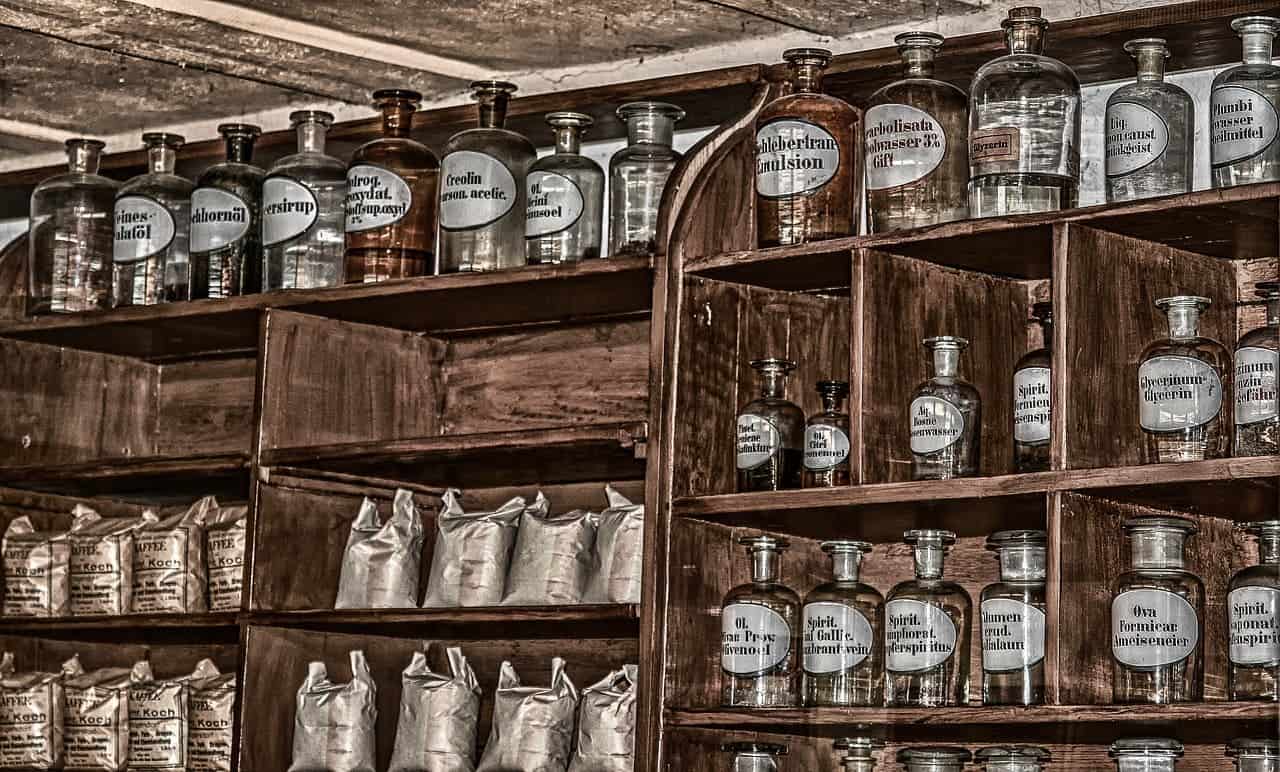Almost 30 delegates were rushed to a hospital in Germany, suffering from hallucinations and cramps. The “alternative medicine conference” went astray when delegates took a hallucinogenic drug somewhat related to LSD (2C-E – Aquarust in Germany).

I really thought I wasn’t going to write about homeopathy; we discussed it in great length, we discussed studies that prove it’s bogus, and we were baffled by some of its practitioners. But this… this is something else. “All members consumed hallucinogenic substances” is something you expect to hear about a rave, not an actual conference (even one on pseudoscience).
Over 150 medical staff and police raced at the site to investigate what happened and take the delegates to the hospital. Torsten Passie, a member of the German government’s expert commission for narcotics, told NDR:
“It must have been a multiple overdose. That does not support the view that the people concerned took the hallucinogen knowingly. One has to assume that people were not told about the substance, its effects and risks before taking it.”
Tests on their blood and urine confirmed they took a drug called 2C-E, also known as Aquarust. No one recovered sufficiently to be interviewed by the police.
Right now, police are trying to investigate if this was an experiment, a prank, or simply a case of everyone taking the same drug willingly.
But what if (what if!) a drop of water which had once had the drug in it was added to the water supply and retained the memory of the drug and got everyone buzzed? That would be crazy, right? Well no, that would be homeopathy. Needless to say, things don’t really work like that.






